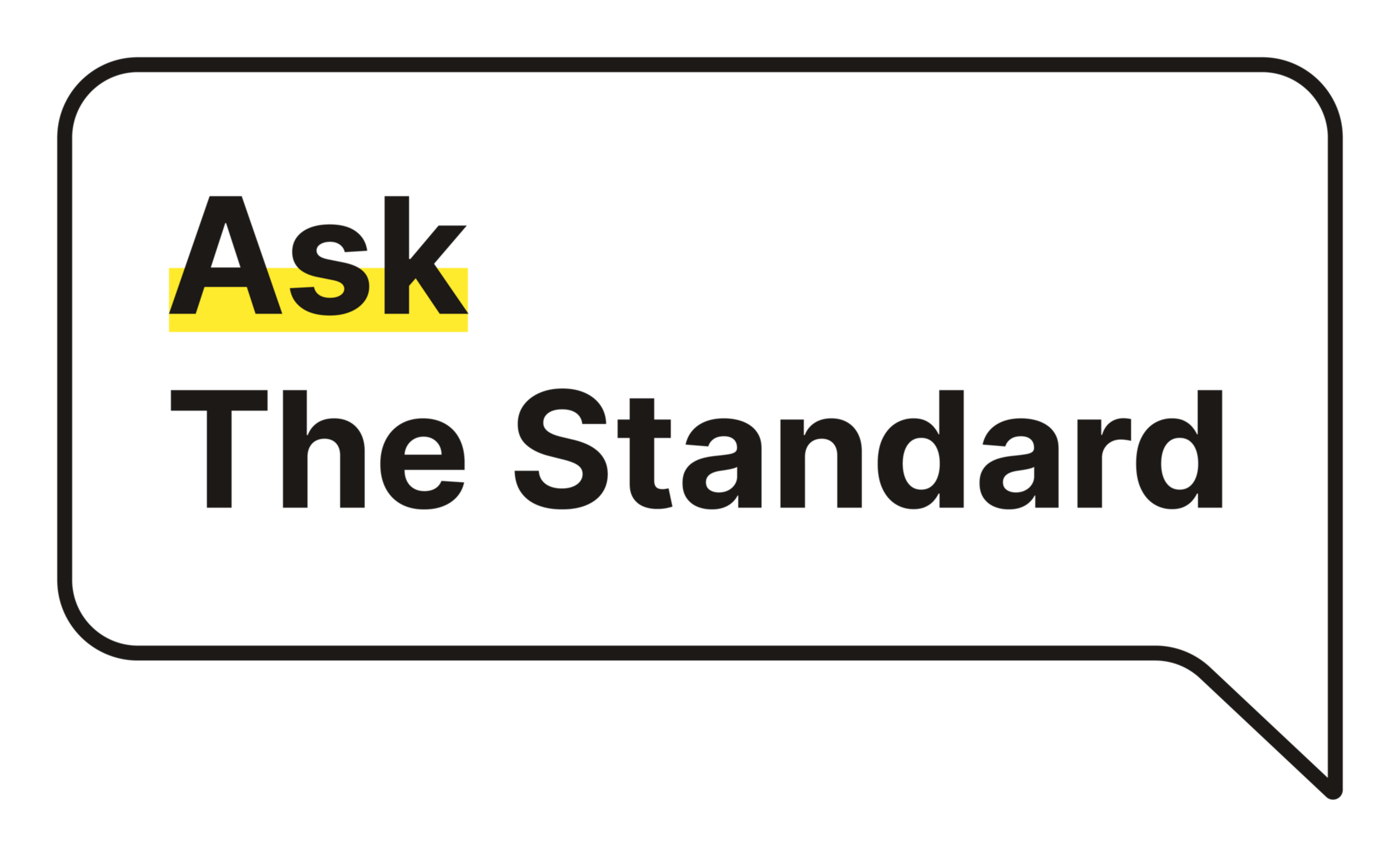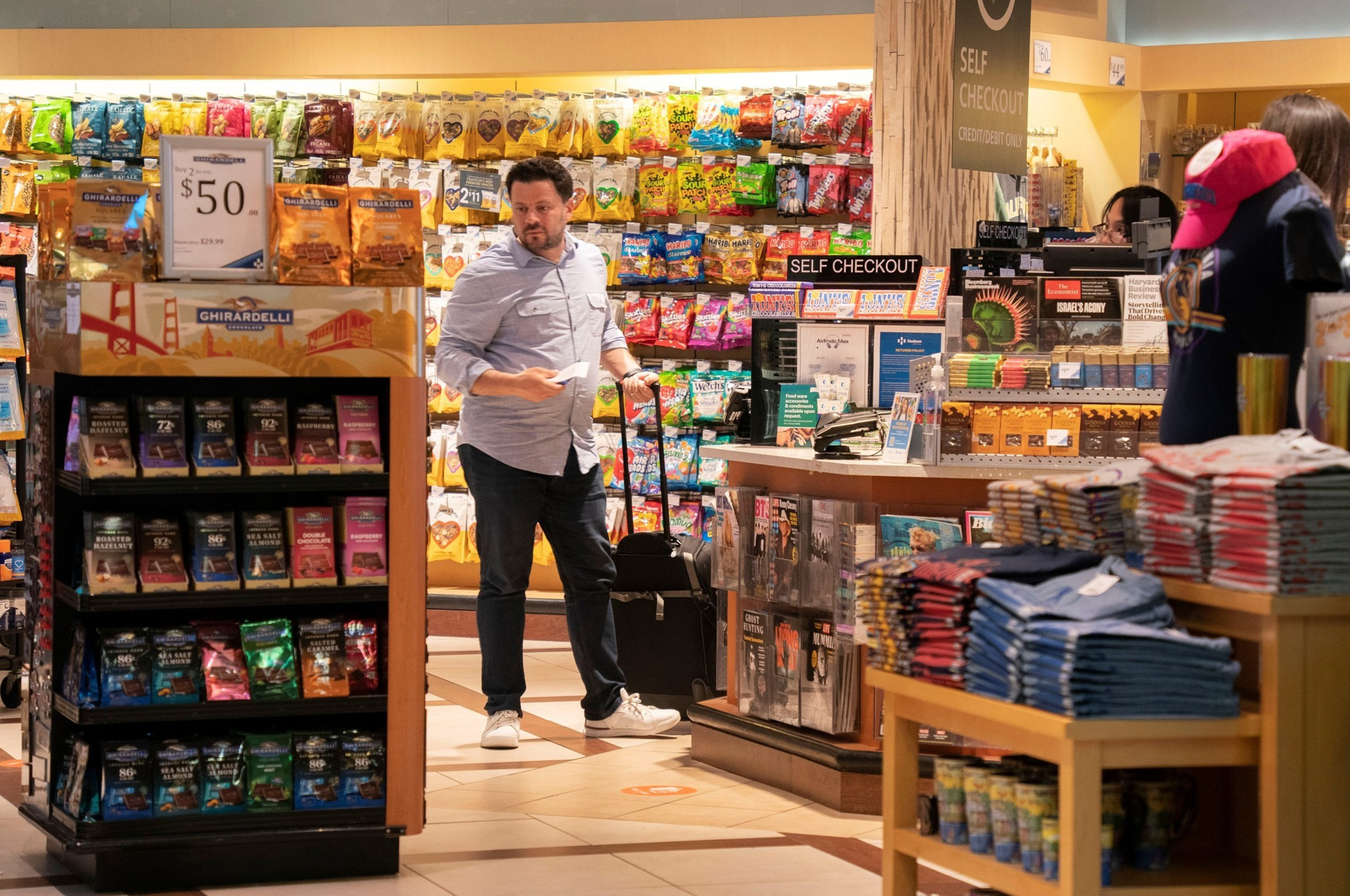
San Francisco International Airport ranks as the best large airport in the country. But one thing The Standard’s readers don’t seem to like about SFO is the price of food and other goods.
A Standard reader asked us to look into the cost of products at the airport and find out how they’re set. A sampling of what we found:
An avocado toast at Bourbon Pub in Terminal 1 will run you $18, and a glass of Benvolio Prosecco to relax before your flight costs $17. Six ounces of Aiden pinot noir at SF Uncork’d in Terminal 3 goes for $12, and an Illy double espresso is $7.50. A box of Hershey’s kisses at DFS Duty Free in Terminal G is $12.
SFO passengers spent $181 million on food in fiscal year 2021-22, and another $115 million on retail purchases, including duty-free items. On average, a traveler passing through SFO spent $17.15 in fiscal 2021-22.
But restaurants and coffee shops at the airport can’t just charge whatever they want. According to SFO spokesperson Doug Yakel, the airport has what is called a “street pricing policy” in place and has for years.

Street pricing refers to keeping food and retail prices comparable to normal retail prices in the vicinity of the airport. Most airports in the U.S. implement some form of street pricing.
“We restrict pricing at airport concessions to no more than 11% over street pricing,” Yakel said. “For perspective, most airports in our region, including LAX, San Diego, Sacramento, Palm Springs, and Las Vegas, allow 15% over street prices.”
That means if you’re irked at sky-high SFO prices, take a look at San Francisco food and retail prices—which rank near the highest in the country.
To raise prices, food and retail business owners need to compare their prices with three “streetside” locations or comparable local, off-airport locations. The airport’s concessions team approves price changes.
Other airports have similar policies. Oakland International Airport enforces a policy of street pricing plus 10%, slightly under SFO’s 11%.
Lucky travelers to Portland International Airport (PDX) will pay prices comparatively equal to normal retail prices (opens in new tab). Diners are promised “a taste of Portland at the airport—without paying a premium.”
Melanni Rosales, a PDX spokesperson, said in an email that retail sales for the Portland airport are “pretty significantly above the national average.” PDX’s street pricing policy has been in place since the 1980s.
“We attribute this in large part to street pricing—passengers spend more money when they don’t feel they’re being price-gouged,” Rosales said.
Food and Wine readers rated (opens in new tab) SFO as having the best airport food in the country last year, specifically praising Sankaku (Terminal 3), sushi at Tomokazu (opens in new tab) (International Terminal), pho at Bun Mee (opens in new tab) (Terminal 1), and Roasting Plant Coffee (opens in new tab).
SFO had 47 million passengers in 2023, up 35% from 2022. But travelers into SFO haven’t reached pre-pandemic numbers, Yakel said.
If prices at restaurants and shops in the terminal seem high, at least your environmental conscience is clear. (Until you pick a window or aisle, that is.) SFO has a goal of net zero carbon, net zero energy, and net zero waste by 2030, working for “climate advocacy regarding consumer choices for lowest-carbon-impact food [and] retail.”

